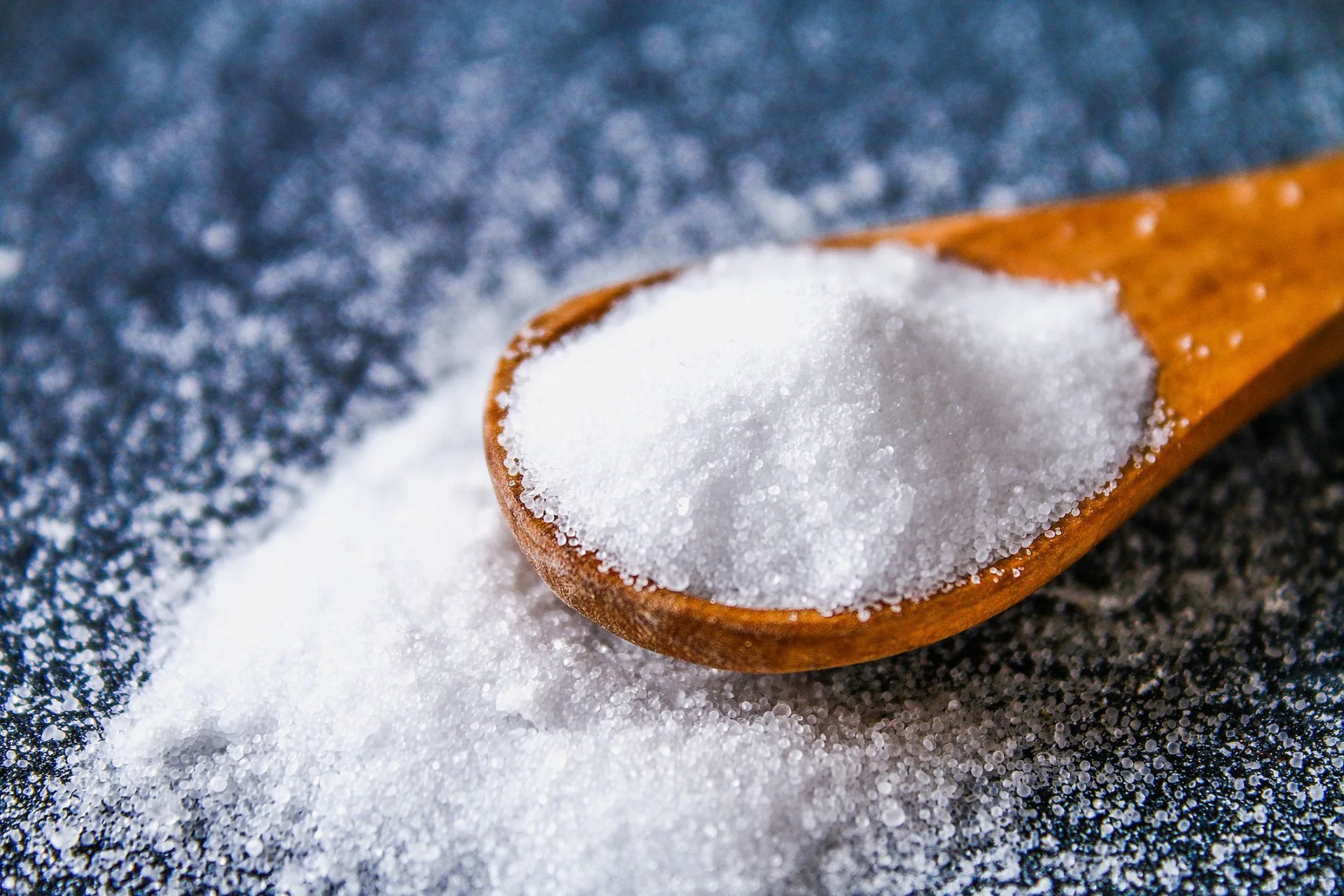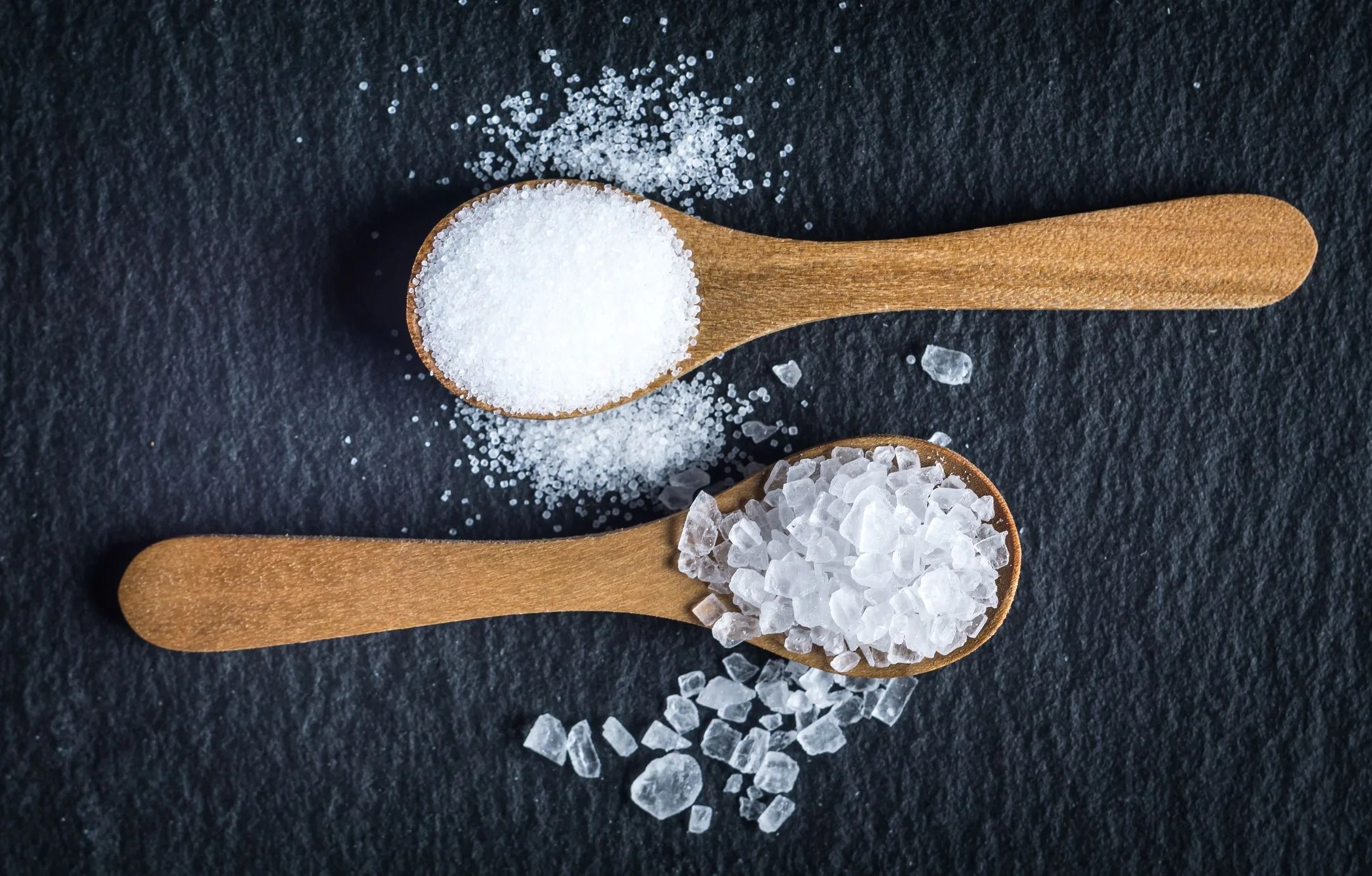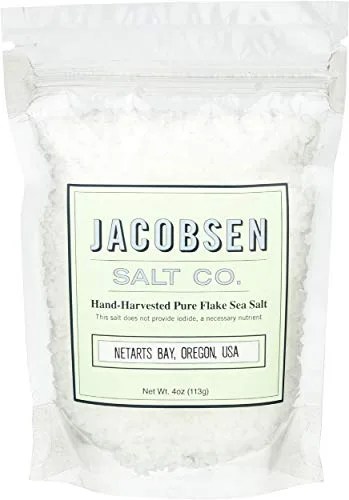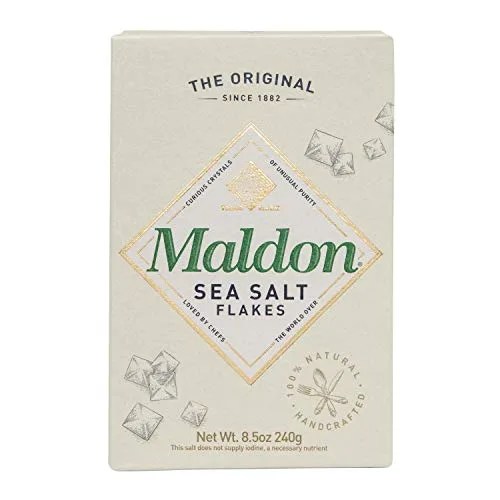You can’t cook without salt. It’s as simple as that. But if you browse the grocery store, you’ll notice there’s more than one type of salt, and chances are you’re using the wrong kind. Every kitchen task warrants a different variation of salt, but few amateur cooks know that. But really how important is it to pick the right salt?
“Many people don’t realize that each type and brand of salt has a different concentration and that these differences will impact the final dish,” Ayesha Nurdjaja, executive chef at New York City restaurant Shuka, says. “In the restaurant, if I bring in a different brand of salt than we typically use, all the recipes have to be adjusted in order to get a consistent result.”
We asked Nurdjaja to break down some of the basics on your everyday cooking salts. Here’s what you need to know about the essential cooking seasoning.
Table Salt
 Detry26
Detry26Table salt is also known as iodized salt because of the addition of iodine, which was first used to help combat iodine deficiencies, which can cause thyroid issues. Nowadays, few Americans face such a problem, but table salt continues to find its place in salt shakers on dining tables. Table salt is incredibly fine, and the addition of anti-caking agents can give it a metallic aftertaste. If you’re at a restaurant, and the food is bland, don’t hesitate to sprinkle table salt. But if you’re cooking at home, table salt has some better uses. “Please do not use iodized salt in your cooking,” Nurdjaja says. “Save that to gargle with when you feel a sore throat coming on.”








